Worth seeing places in Romania - The cities
Worth seeing places in Romania - The cities
What is Romania?
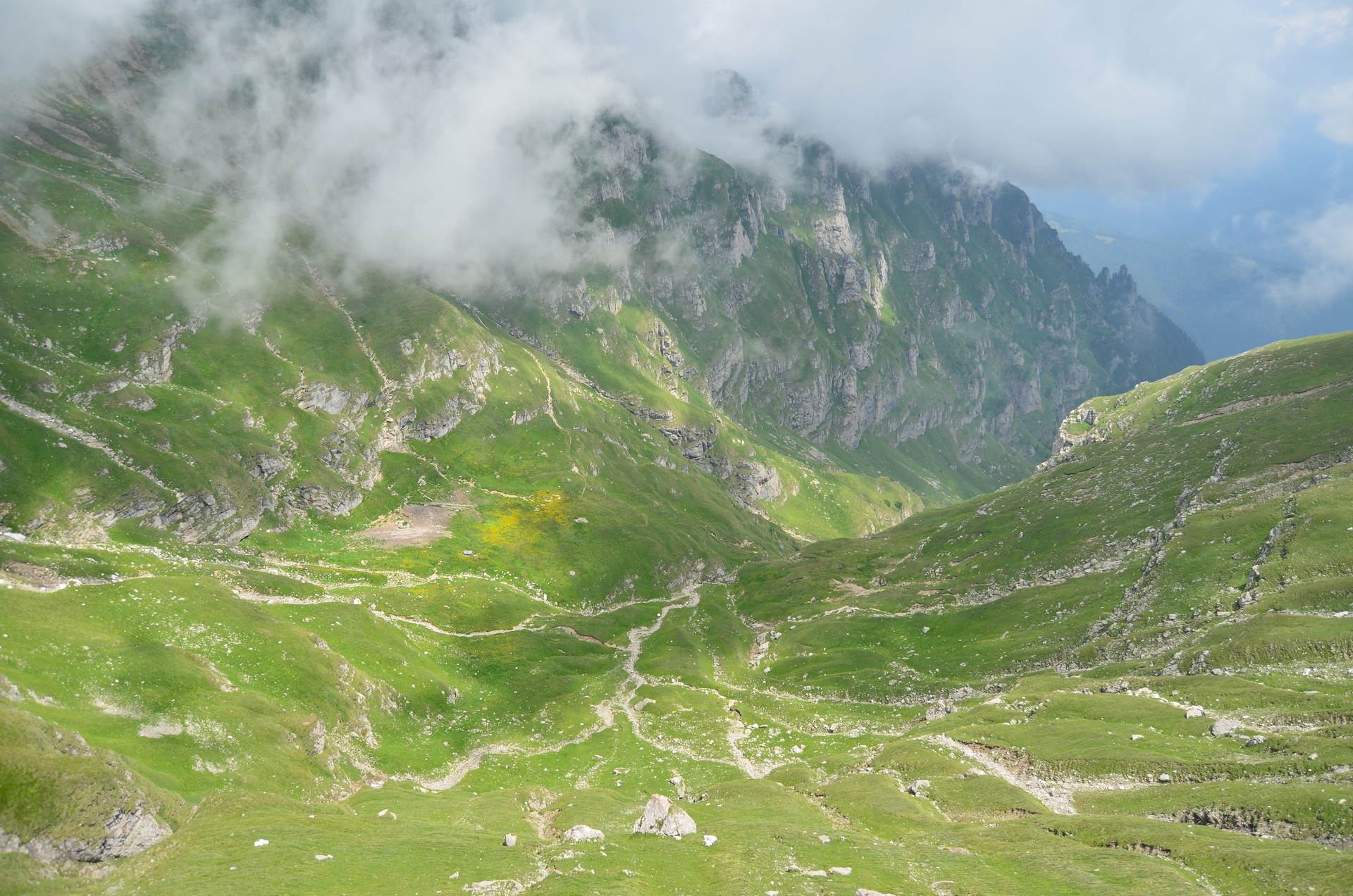
Romania is the largest country from Central Europe and a member of the European Union since 2007. The capital is Bucharest, in Romanian “București” with a population of almost 2 milion people. There are also other large important cities such as Cluj Napoca, Iași, Timișoara, Constanța, Sibiu, Brașov stretched out in the different regions Romania is divided into like Transylvania, Muntenia, Banat, Dobrogea, Moldova.
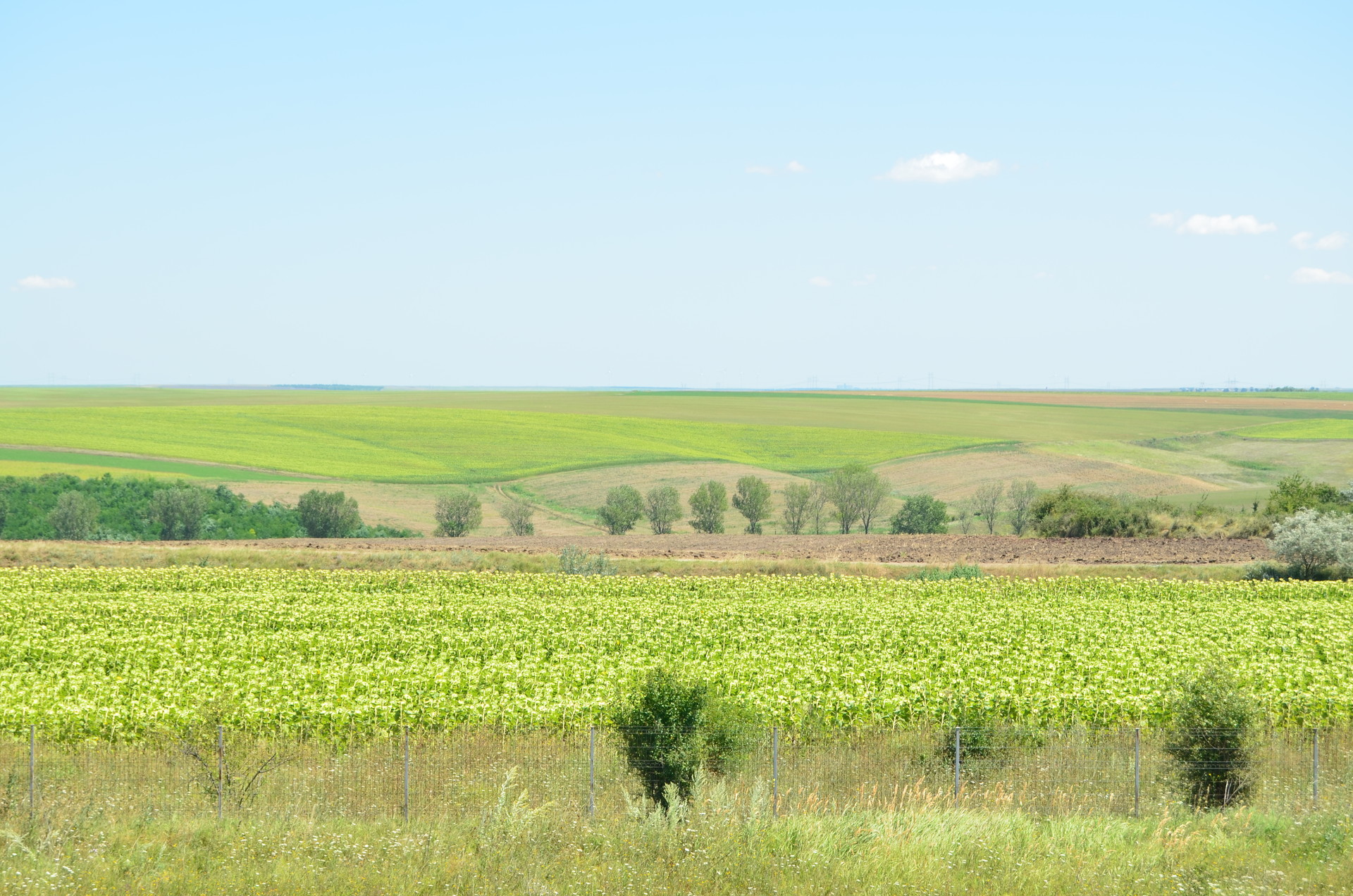
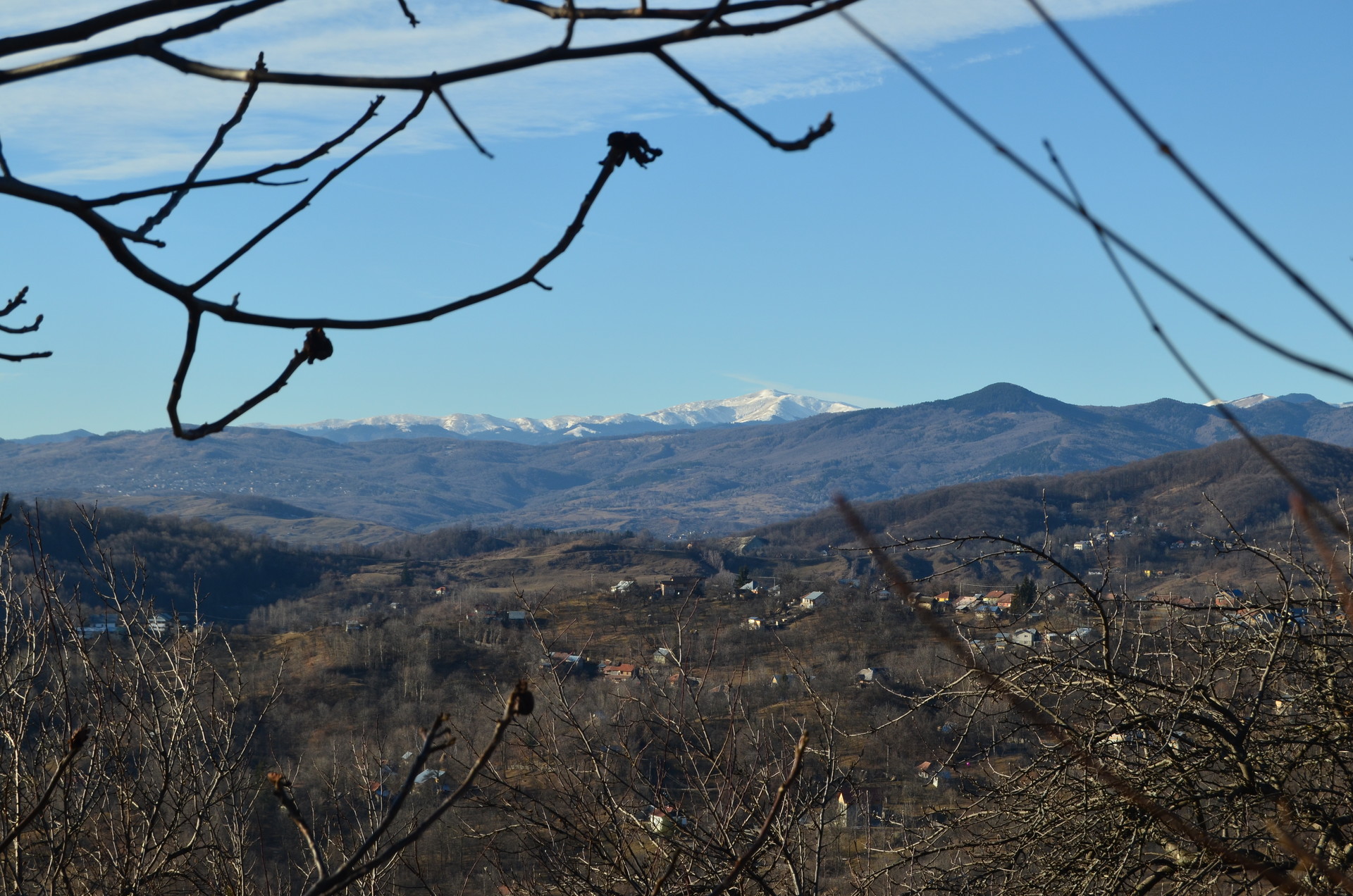
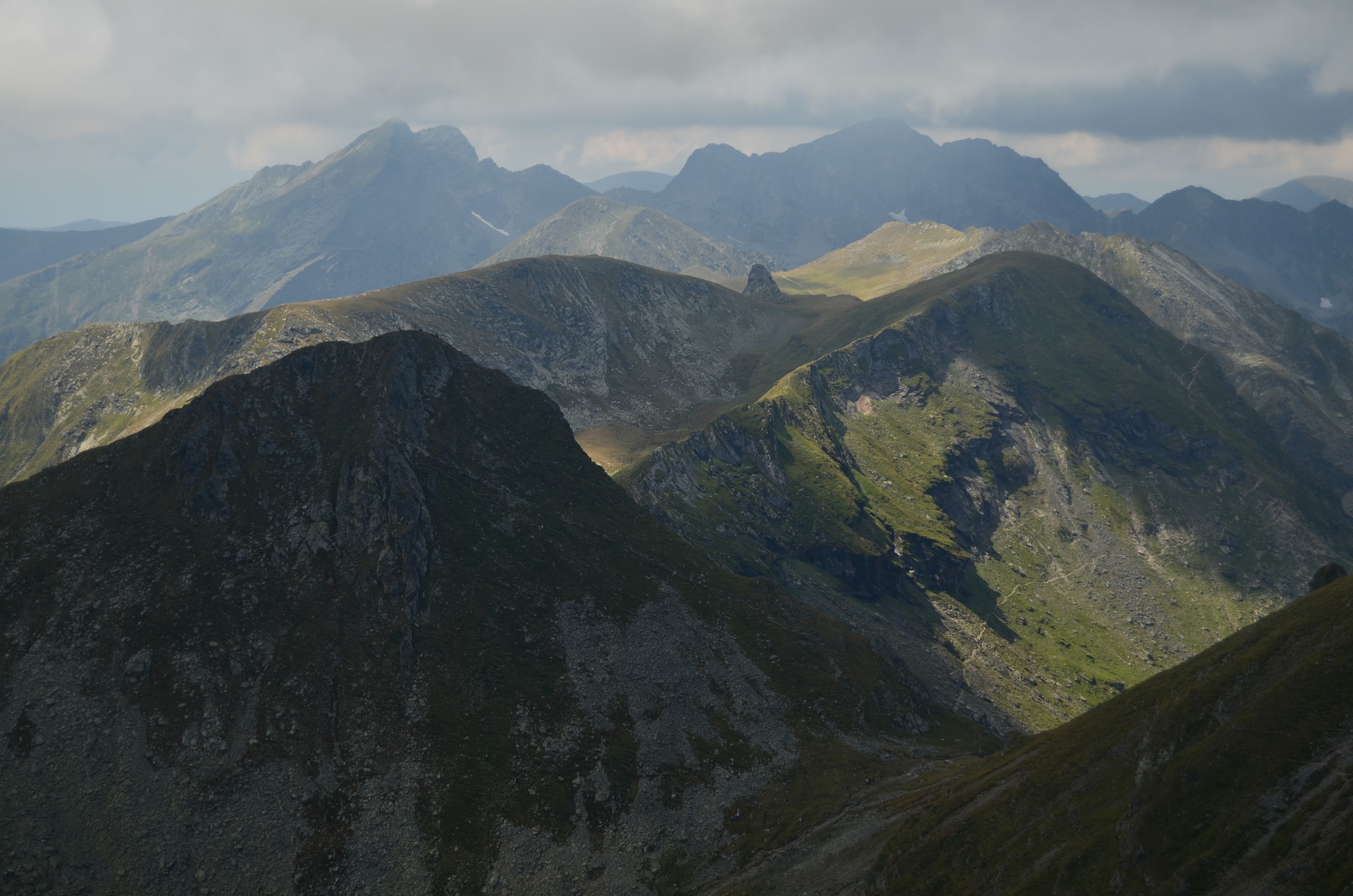
A significant aspect that defines Romania and its territory is the terrain distributed equally between mountains, hills and plains. Now, among all of the cities, mountains, hills or fields there are many worth seeing places of which some are more touristy and others are rather hidden and difficult to access.
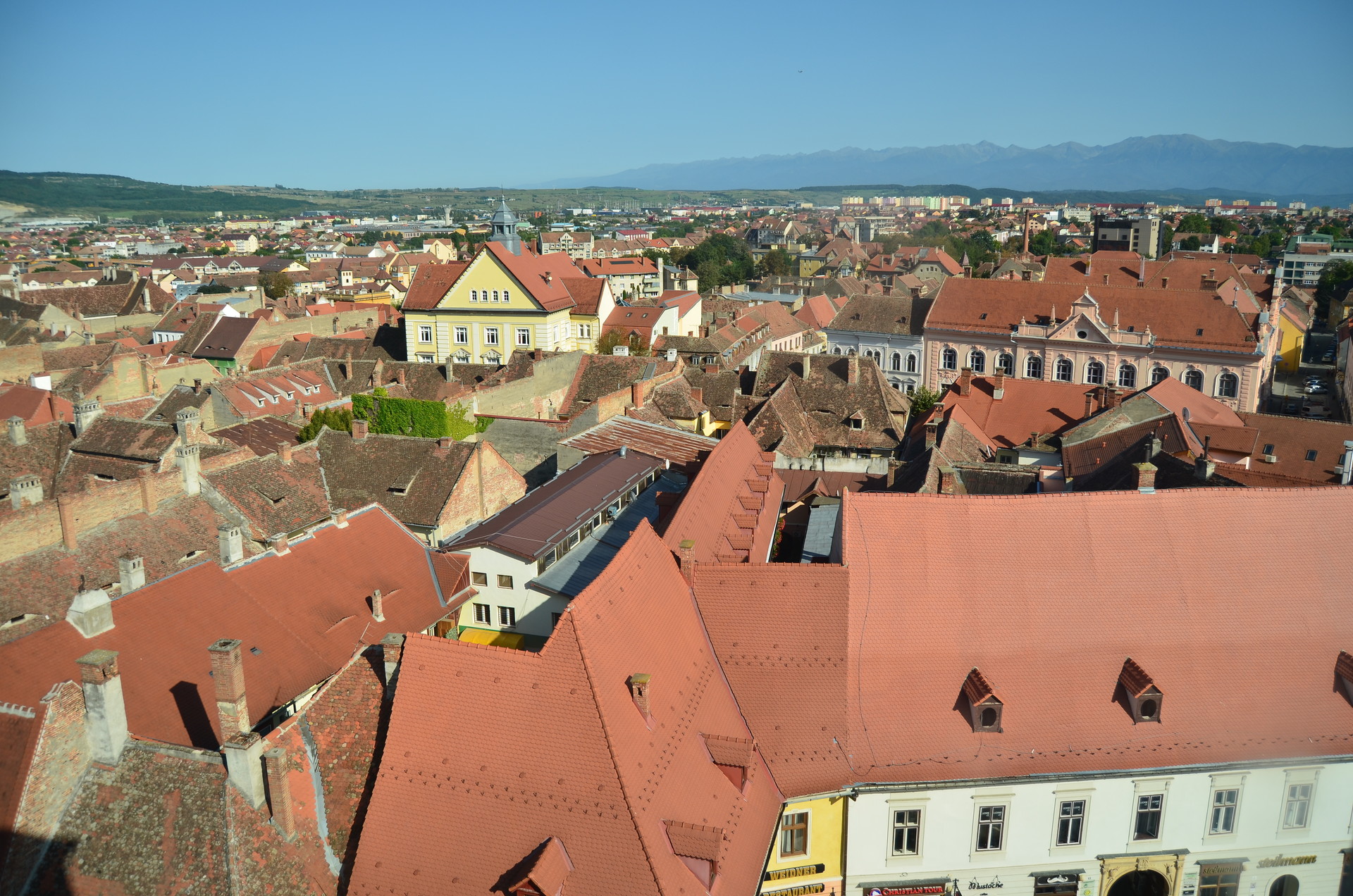
The places with an easy access are of course the urban zones. The old medieval cities are no longer to got on unpaved, dangerous roads, but rather developing cities in which, despite the passing of time, history’s traces are kept visible through the small streets, romanic, gothic, baroque churches, center squares, castles, walls of fortifications, crafts men houses, bridges and any other different unusual looking buildings for our day.
The cities I am talking about are spread across all of the romanian territory and some of them should not be missed when planning a travel journey throughout Romania.
The medieval cities of Romania
The medieval period of Romania is likely the most interesting and defining period in all country’s history. From that time, Romania has great stories to tell about fearless leaders who have loved and served the carpathien lands in a manner that today is not existing anymore, wars fought by the bravest knights, charming princes, mythical mysterious creatures, hunted castles, flourishing cities, large markets full of people’s murmur or about the challenging times dominated by foreign invasions, disappointing battles, beautiful buildings set on fire, curses brought upon the people, lost territories and so on.
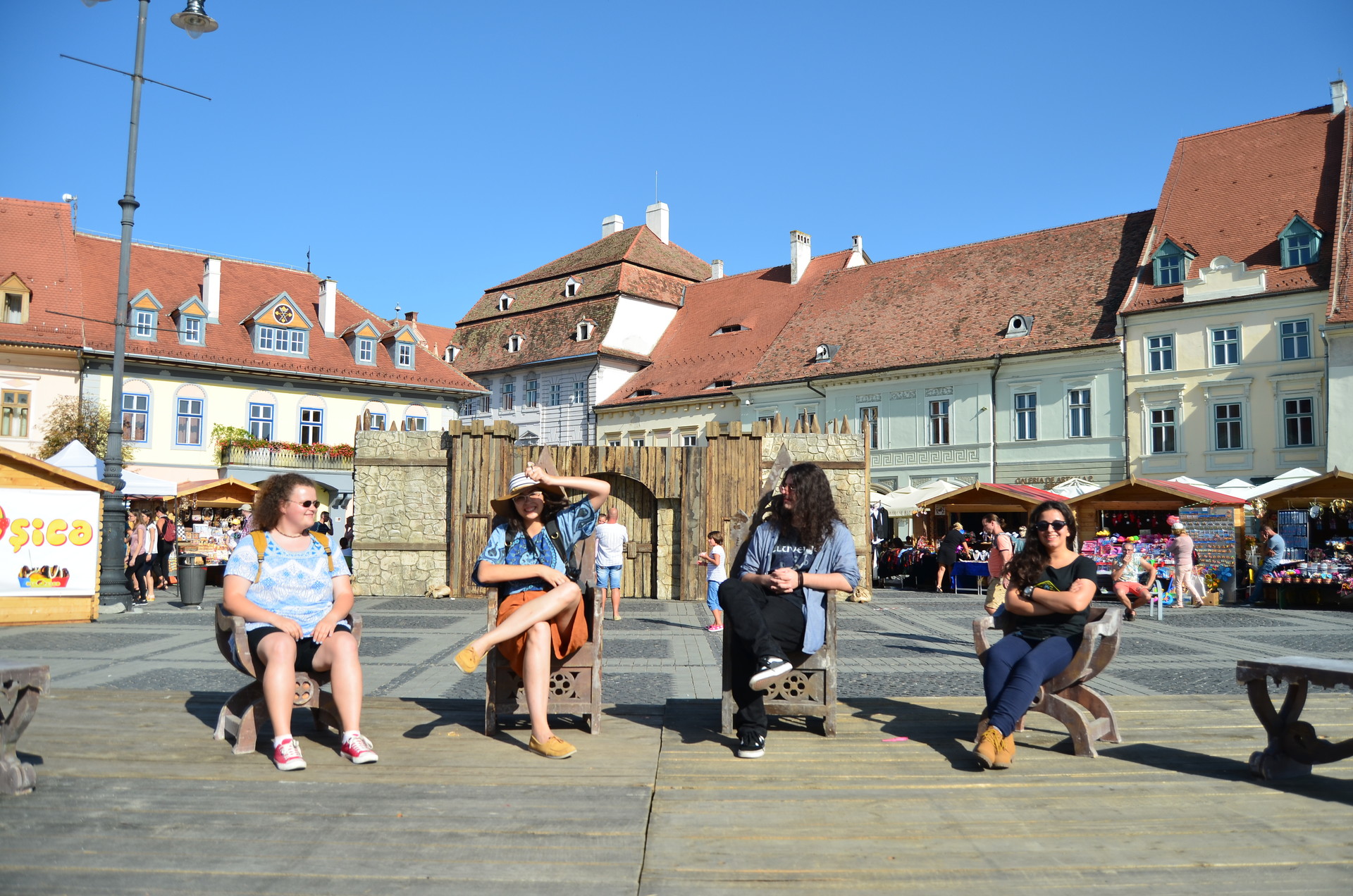
With the good and the bad, all of these facts have shaped the Romanian history. In regards to the subject, the appearance of the country can be seen and understood by visiting the places that have kept, maintained and emphasized such past significant time periods.
Among the cities that have managed to do this job very well and in which I have been personally, thus are worth visiting due to that are numbered:
-
Sibiu
-
Sighisoara
-
Alba Iulia
-
Timișoara
-
Cluj-Napoca
All of this cities, apart from Timișoara that is located in Banat region, are known as the medieval cities of Transylvania, being considerable famous touristy places in Romania.
Sibiu
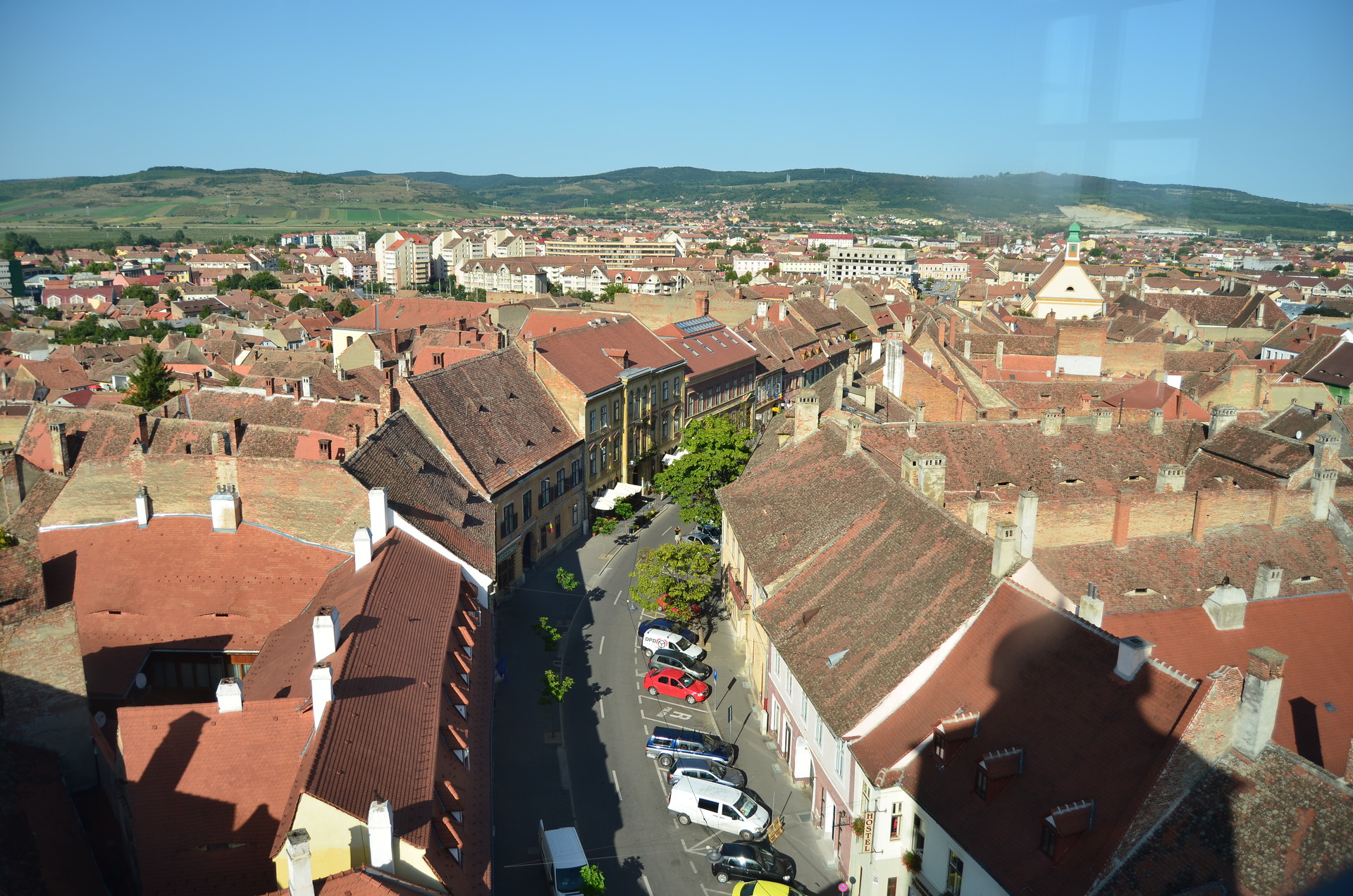
In 2007, the year when Romania entered the UE, Sibiu was declared The European Capital of Culture. In the following year, Forbes ranked Sibiu as Europe’s 9th most idyllic place to live in. Indeed, Sibiu deserves both titles.
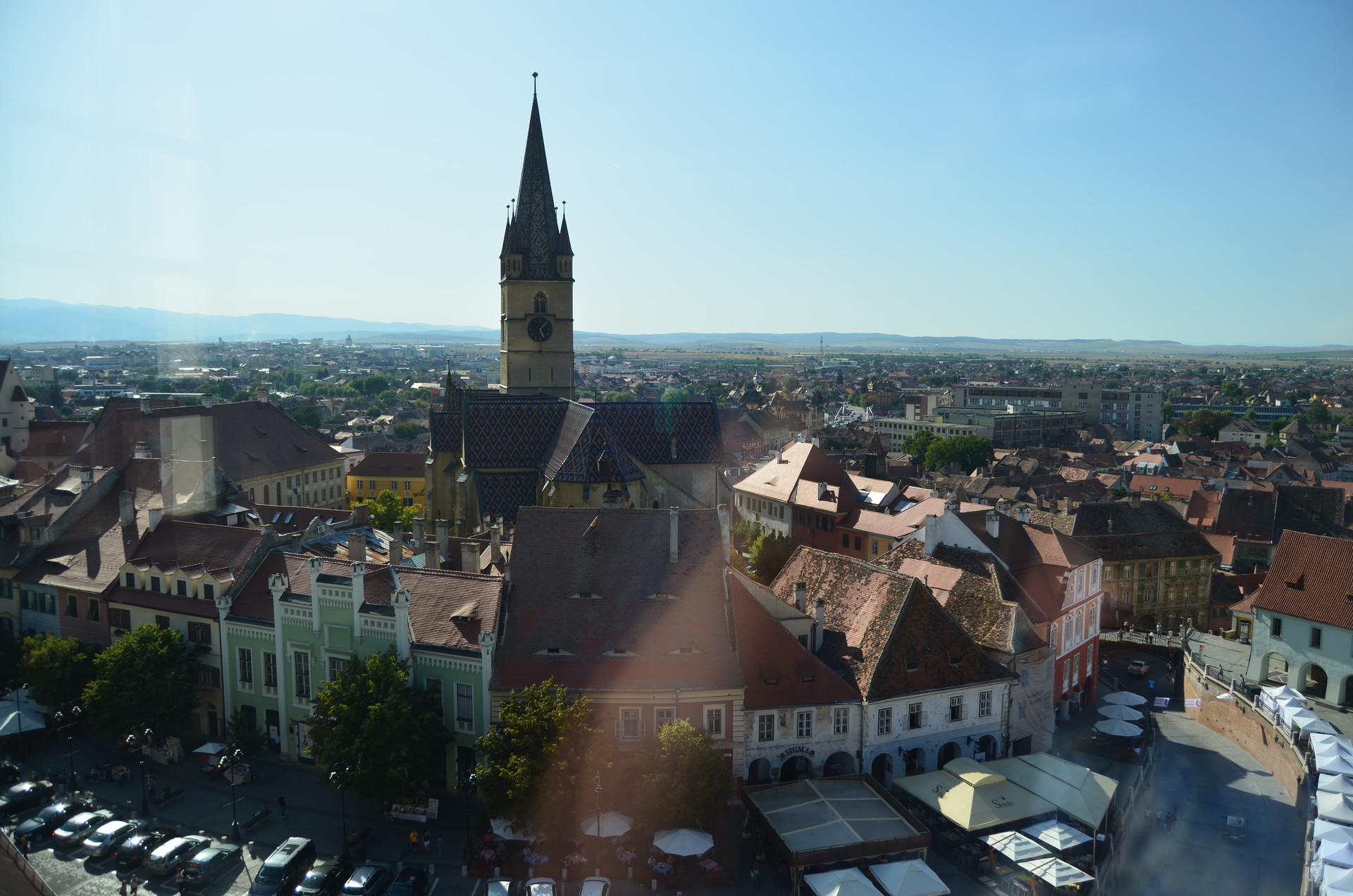
What is to see in Sibiu?
Sibiu has a magnificent unity when it comes to integrating and living among the old medieval buildings. The landmarks of the city are:
-
Piața Mare with Turnul Sfatului
-
Piața Mică with Podul Minciunilor ( the Bridge of lies )
-
The Passage of Stairs which connects the upper city with the old lower town
-
The Brukental Museum
-
Piața Huet with the “Sfânta Treime” Cathedral
-
Casa Calfelor ( The House of Journeyman )
-
The Tower of Stairs, the oldest building of Sibiu

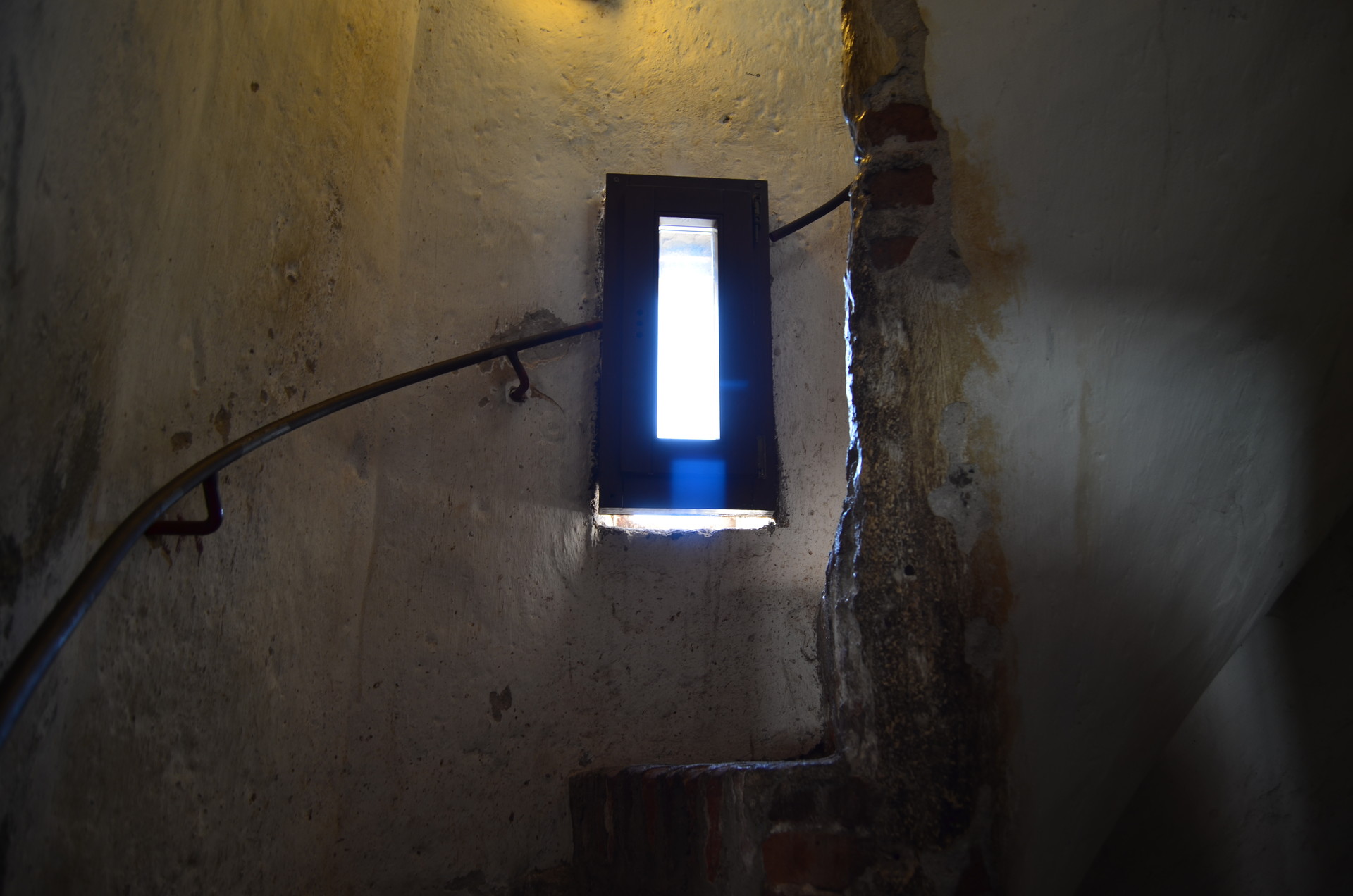
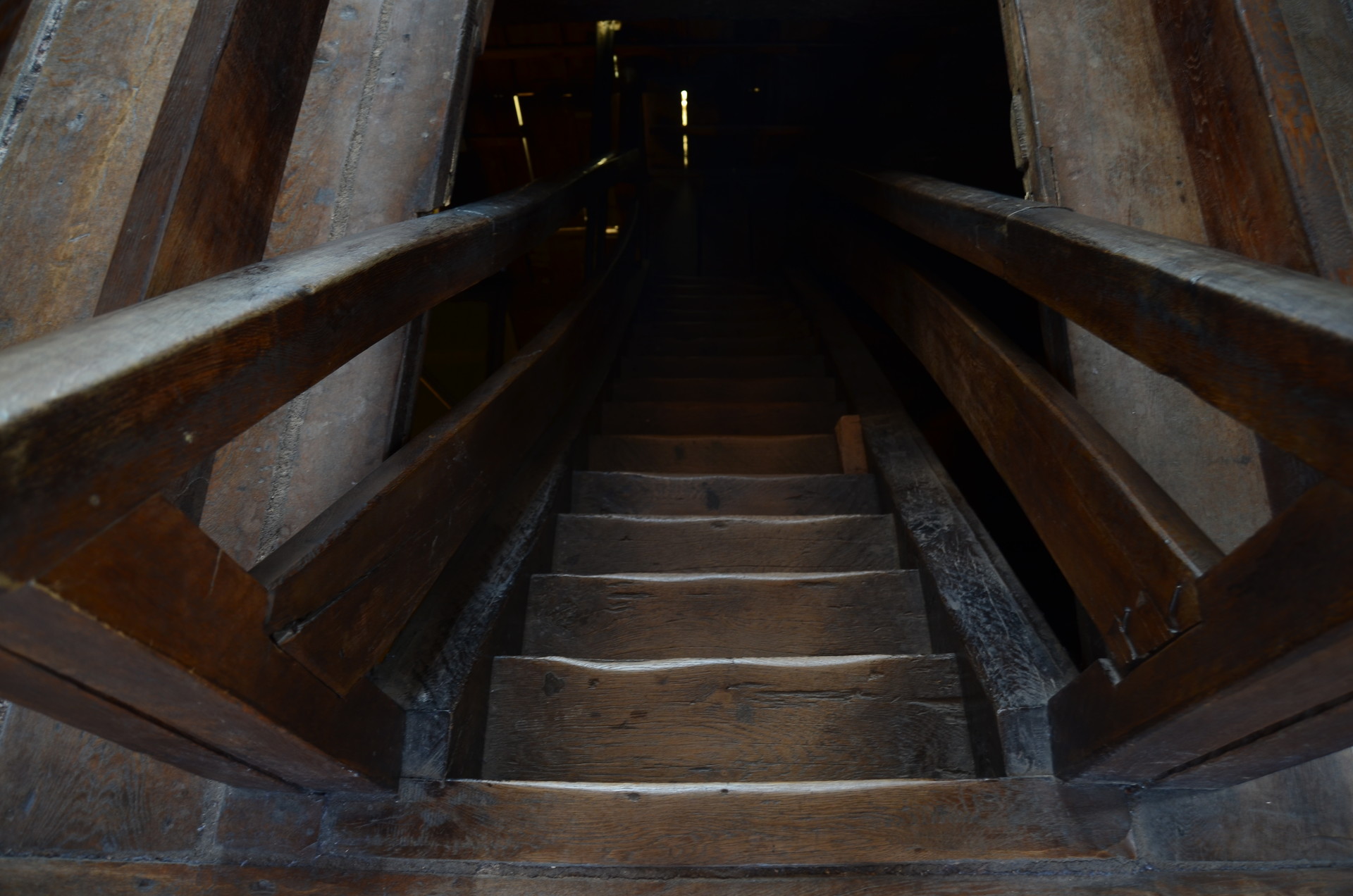
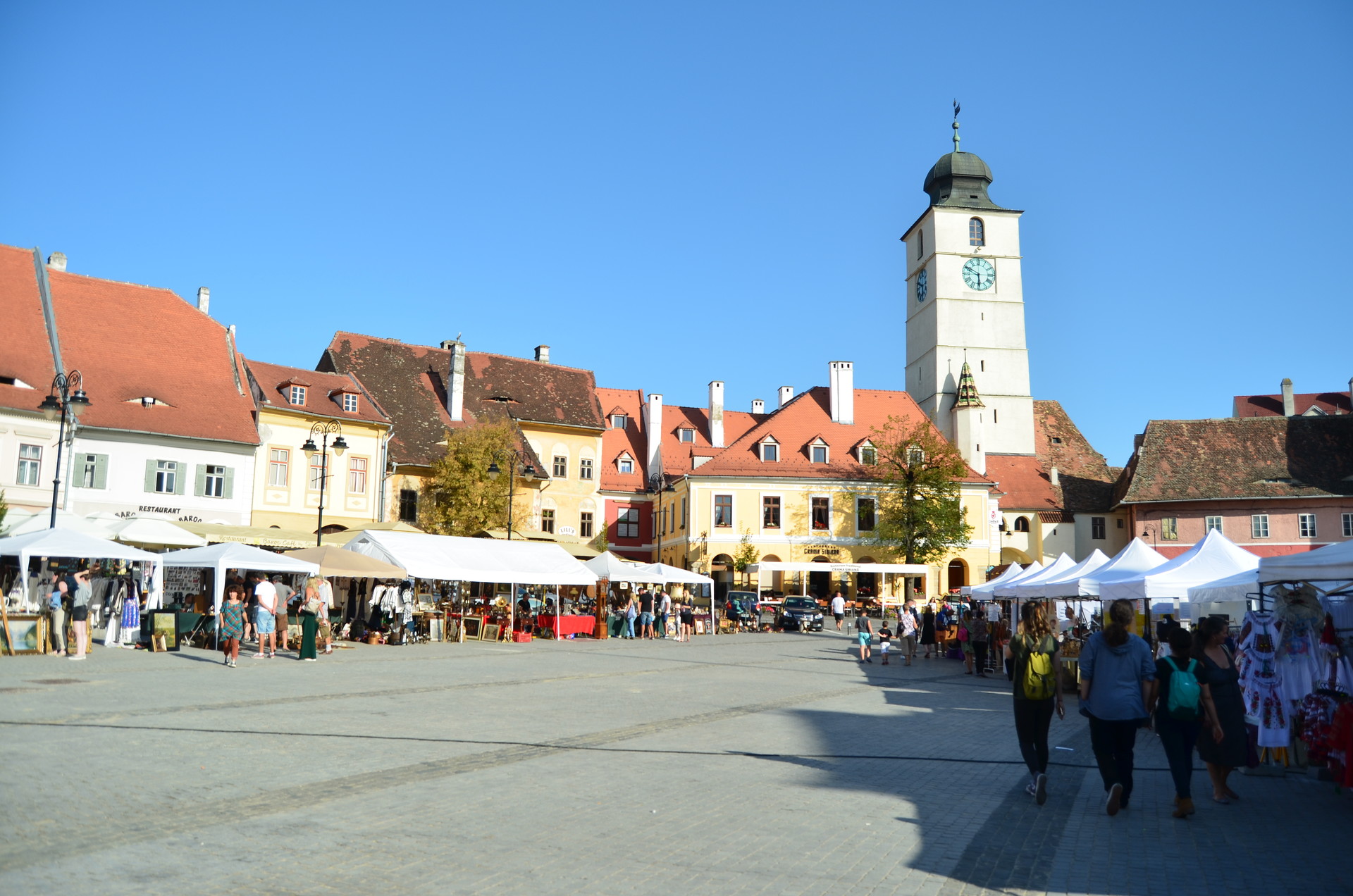
Sighișoara
The medieval city of Sighișoara is not so far away from Sibiu, being located at about 90 km from it. The historical center of Sighișoara has been included in the Unesco World Heritage Sitedue to the authenticity of the place which is among the few medieval fortresses still inhabited.
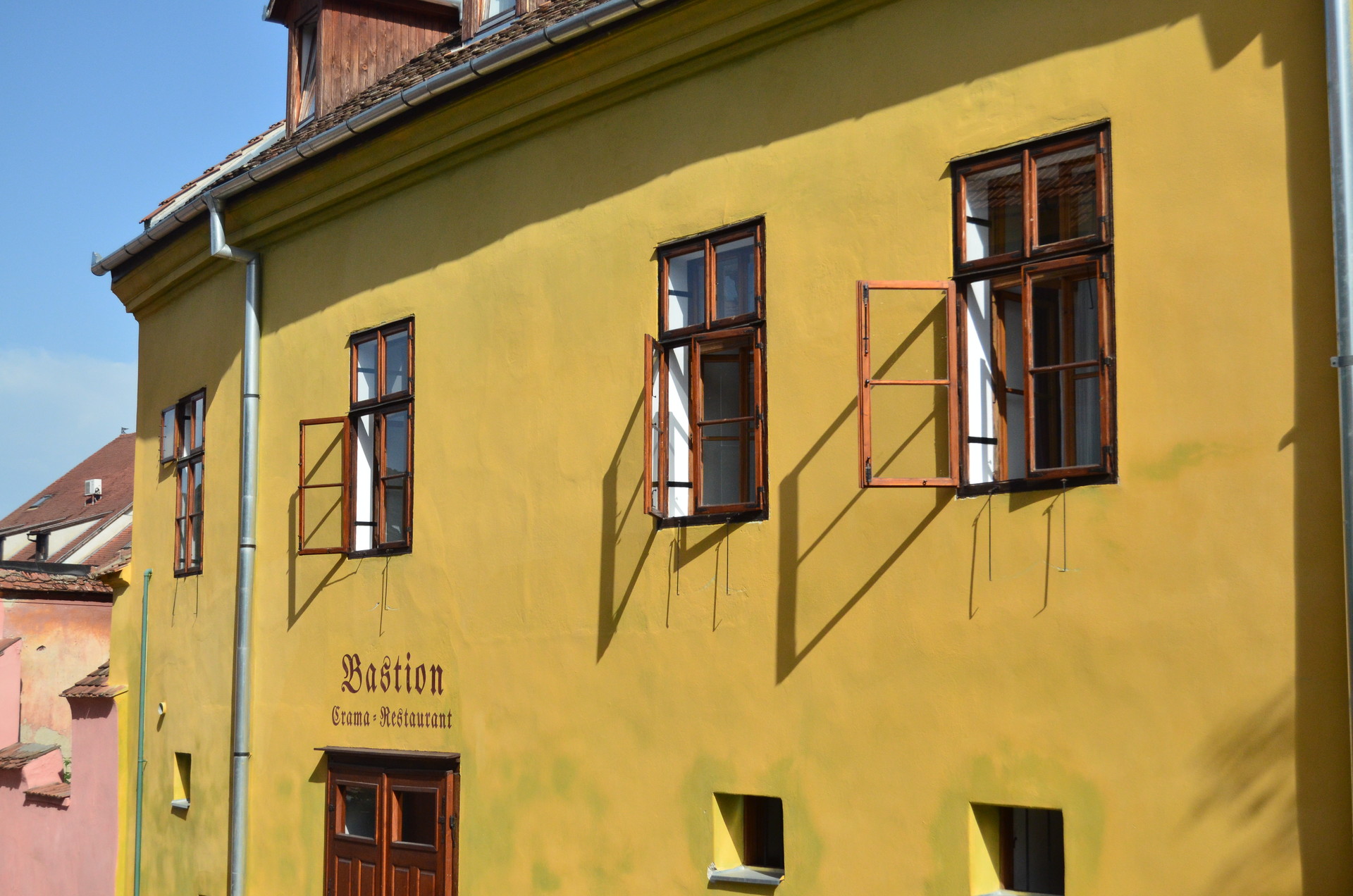
Inside the fortress a couple of buildings stand out and define the landscape, namely:
-
The Clock Tower – the landmark of the city which houses The History museum
-
The House of Vlad Dracul – the romanian leader who inspired the character of Dracula
-
The Stair of Scholars
-
The Church from the hill


Surrounding the medieval part of the city are the towers of the old guilds such as The Tower of Shoemakers, The Tower of Tailors, The Tower of Ironworkers.
Brașov
Surrounded by green areas, Brașov is known by romanians as the mountain city. A landmark of it is represented by the Brașov sign positioned on top of The Mount Tâmpa. The city has to offer both beautiful cityscapes and high landscapes.
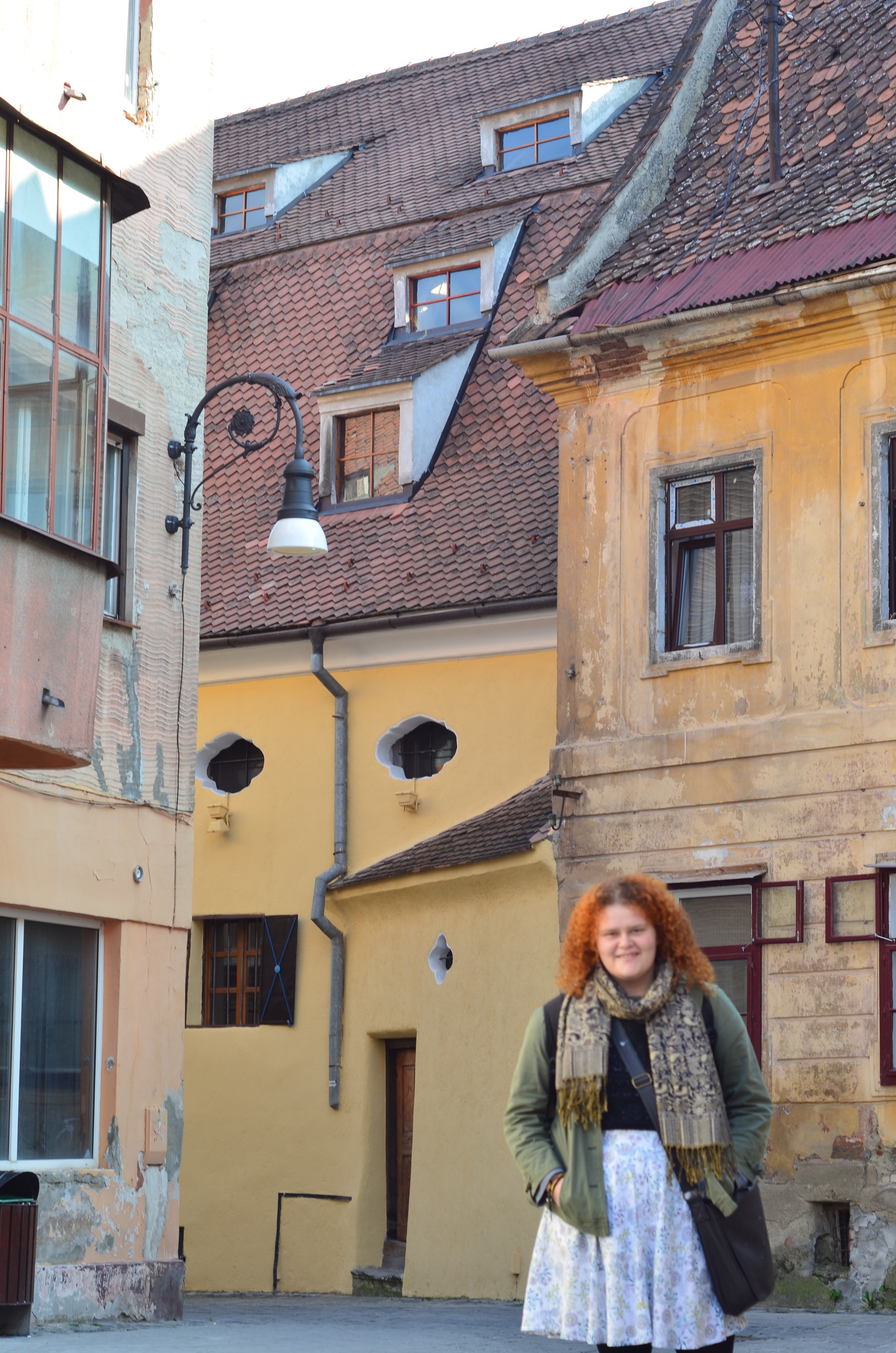
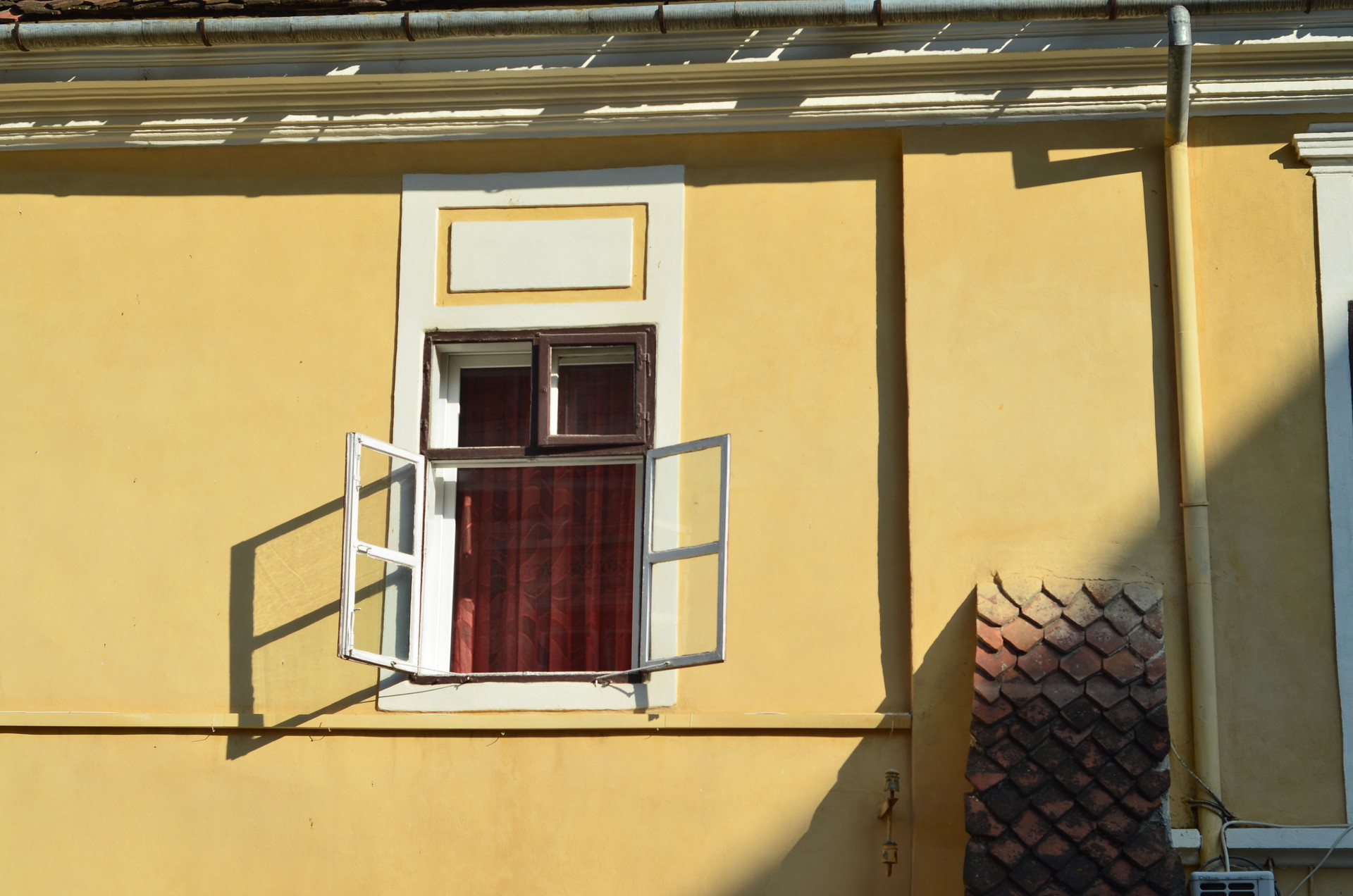

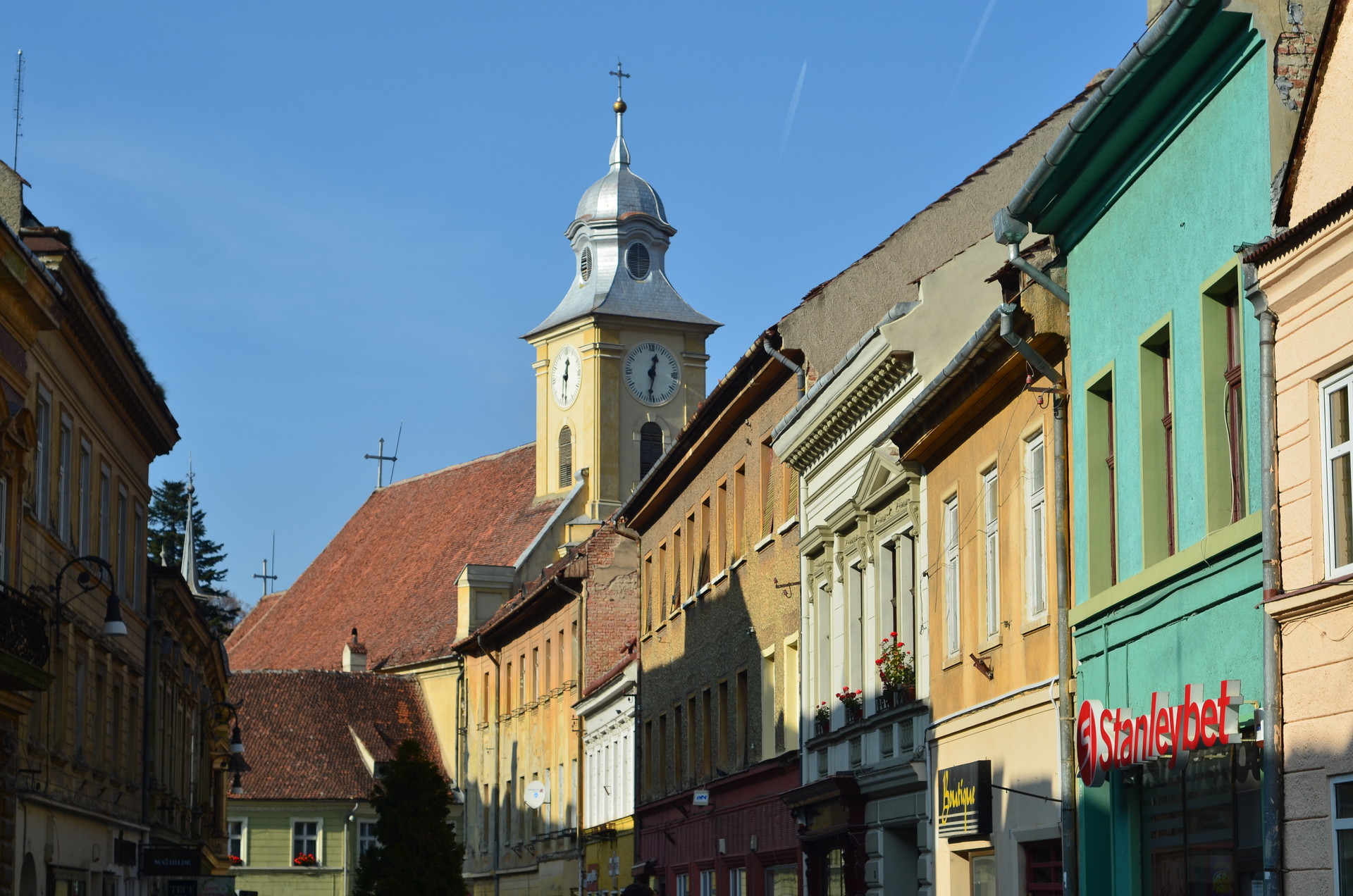
People walking thorugh the historical center of Brașov can feel the old medieval air given by the presence of the architecture dating back to those times. Among the main attractions worth visiting are:
-
The Church of Saint Bartolomeu - the oldest construction in the city
-
The Black Church - the largest gothic building from south eastern Europe
-
Strada Sforii - the norrowest street in Europe
-
Piața Sfatului - the main square
-
all of the other pedestrain cobblestone streetsfull of small caffes, shops, boutiques.
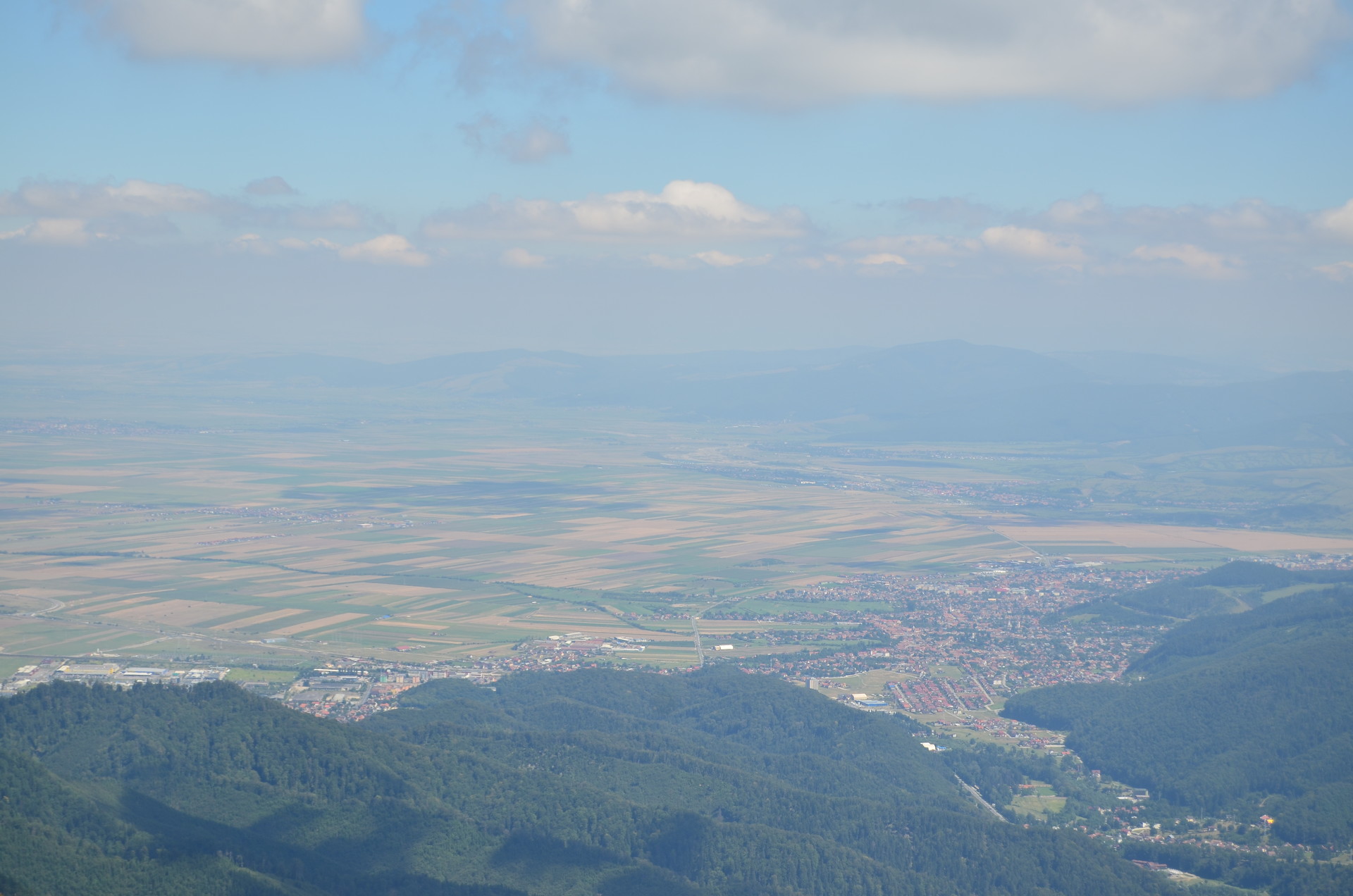
Brașov is the perfect destination for nature loverswho like to stroll on forest's paths or climb on mountain tops.

Mount Tâmpa is Brașov's closest mountain that can be hiked starting from the city. It also has a cable car for those who are having health problems or are too lazy to walk up there but still want to enjoy the view.
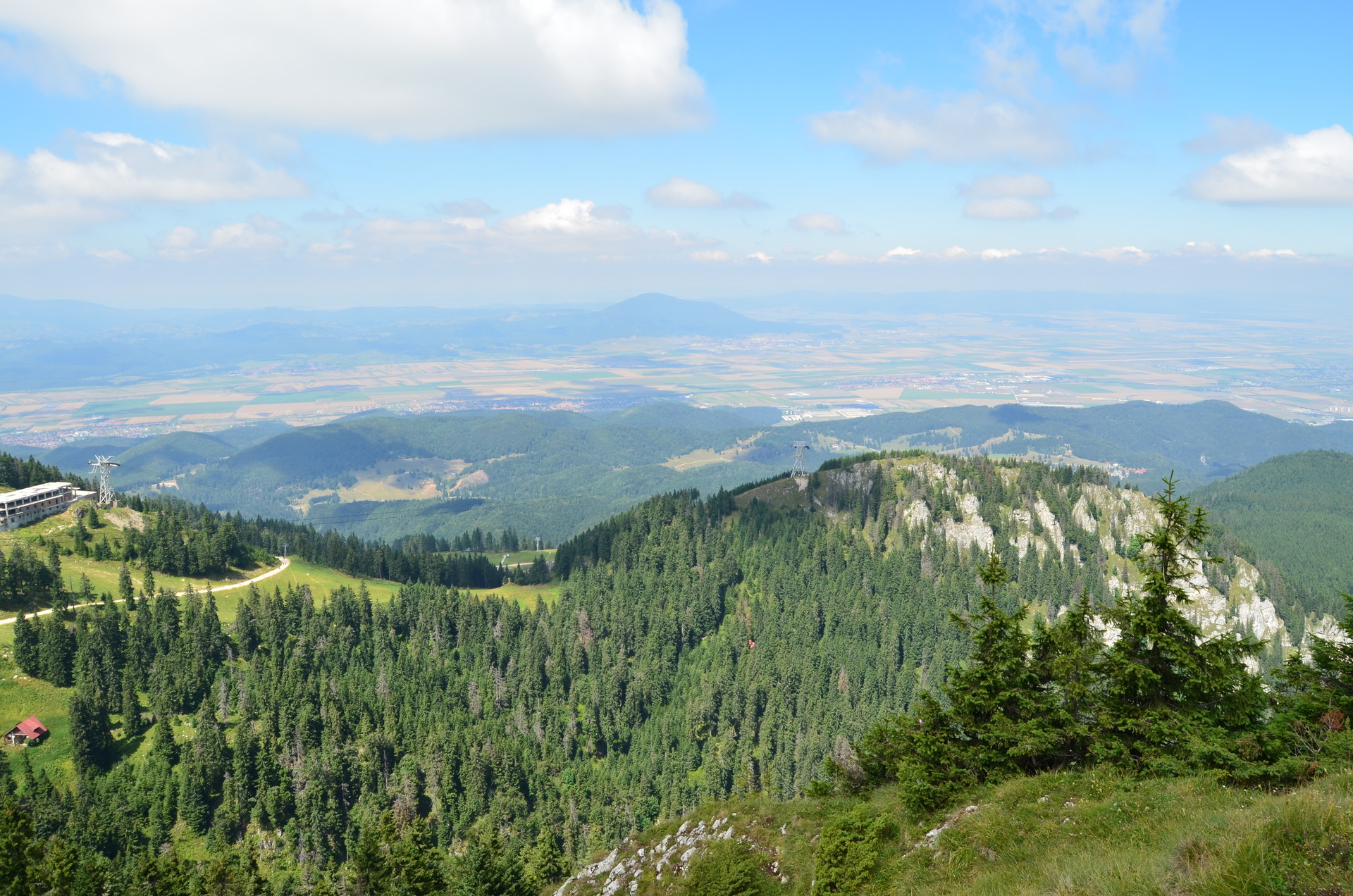
Poiana Brașov is a mountain resort located at around 15 kilometers away from Brașov that can be easily access by car or bus. From here people can choose to hike The Postăvaru Massif and climb the peak with the same name at an altitude of 1799 meters. In the winter season the resort becames like a corner of heaven for the people who love and practice winter sports such as skying, snowboarding and even sledging.
Alba Iulia
The historical center of Alba Iulia is represented by the star shaped Alba Carolina fortressbuilt in the 18th century as one of the most impressive constructions of this kind in south eastern Europe.
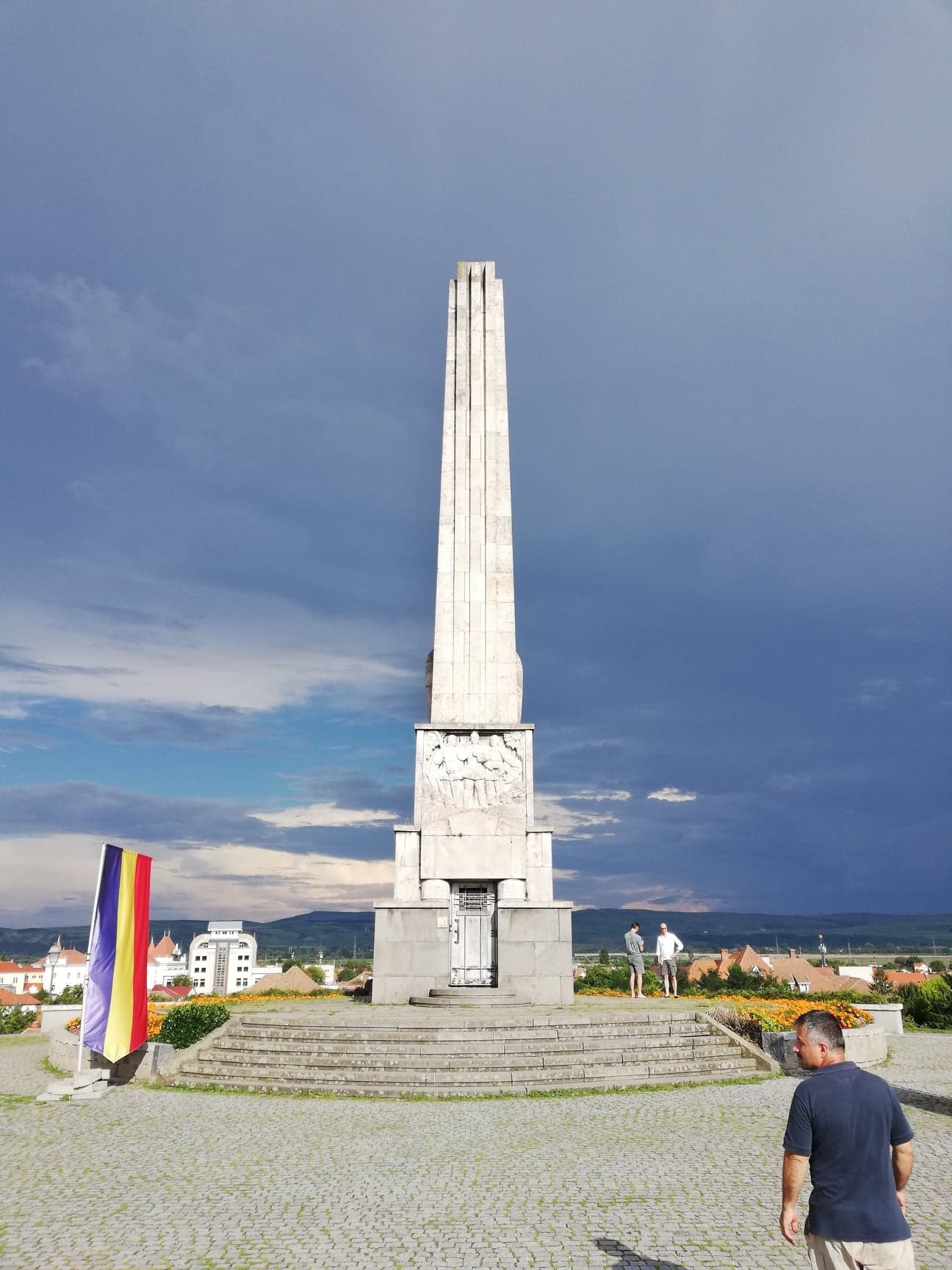
Walking through the fortress visitors can discover the main buildings housed by Alba Carolina, namely:
-
The Roman Catholic Cathedral - the burial of Ioan de Hunedoara is found here
-
The Coronation Cathedral
-
The Cell of Horia, Cloșca and Crișan
-
Palace of Princes
-
The wooden church of the first Orthodox metropolis of Transylvania founded by the voivode Mihai Viteazul
-
the busts of King Ferdinand and Mary the Queen
Cluj Napoca
Today Cluj Napoca is the city where the young people and students want to live because of the modern western vibe that it has, a fact proven in 2015 by the given title of European Capital of Youth and in 2018 by the title ofEuropean City of Sports.
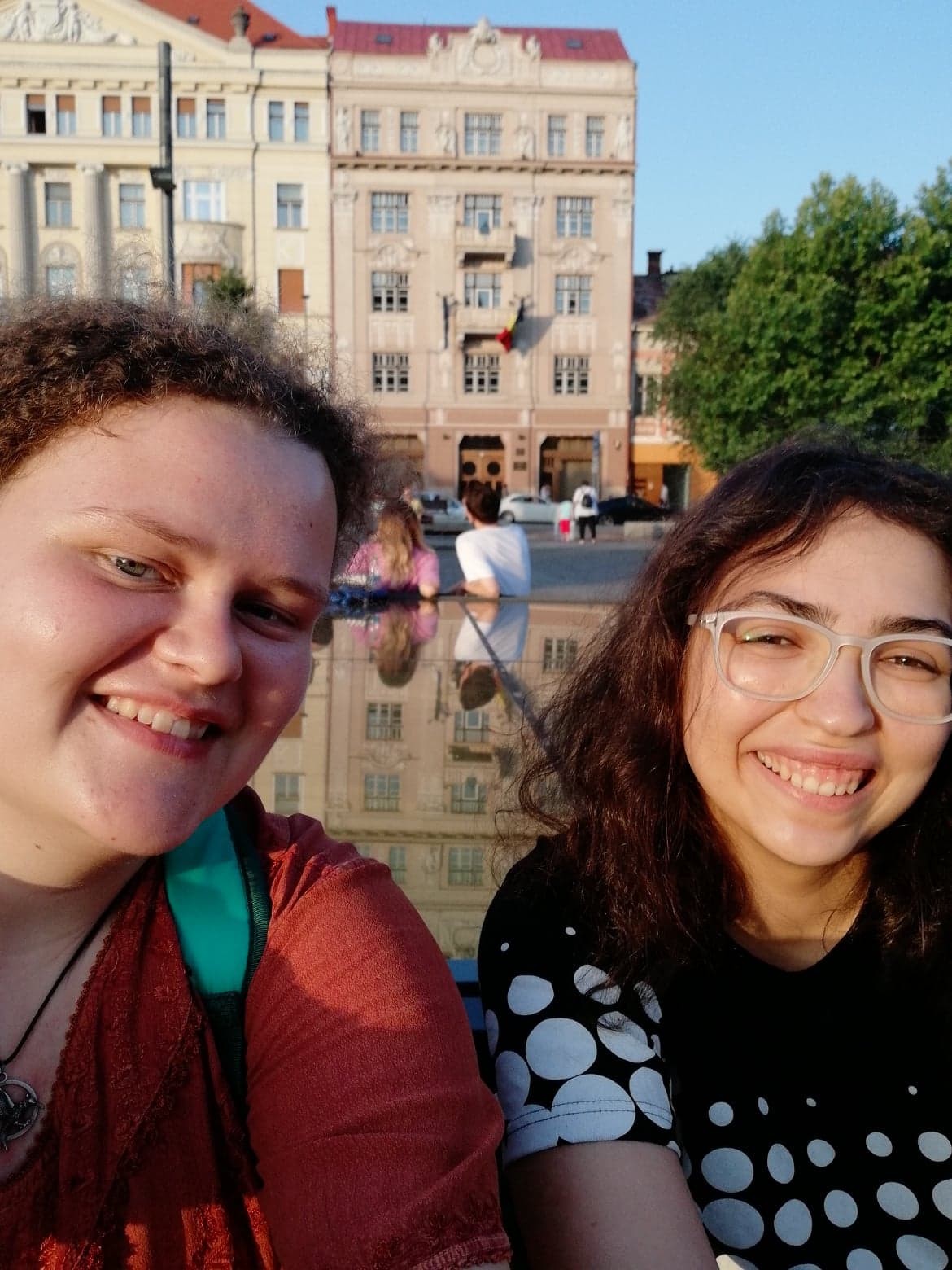

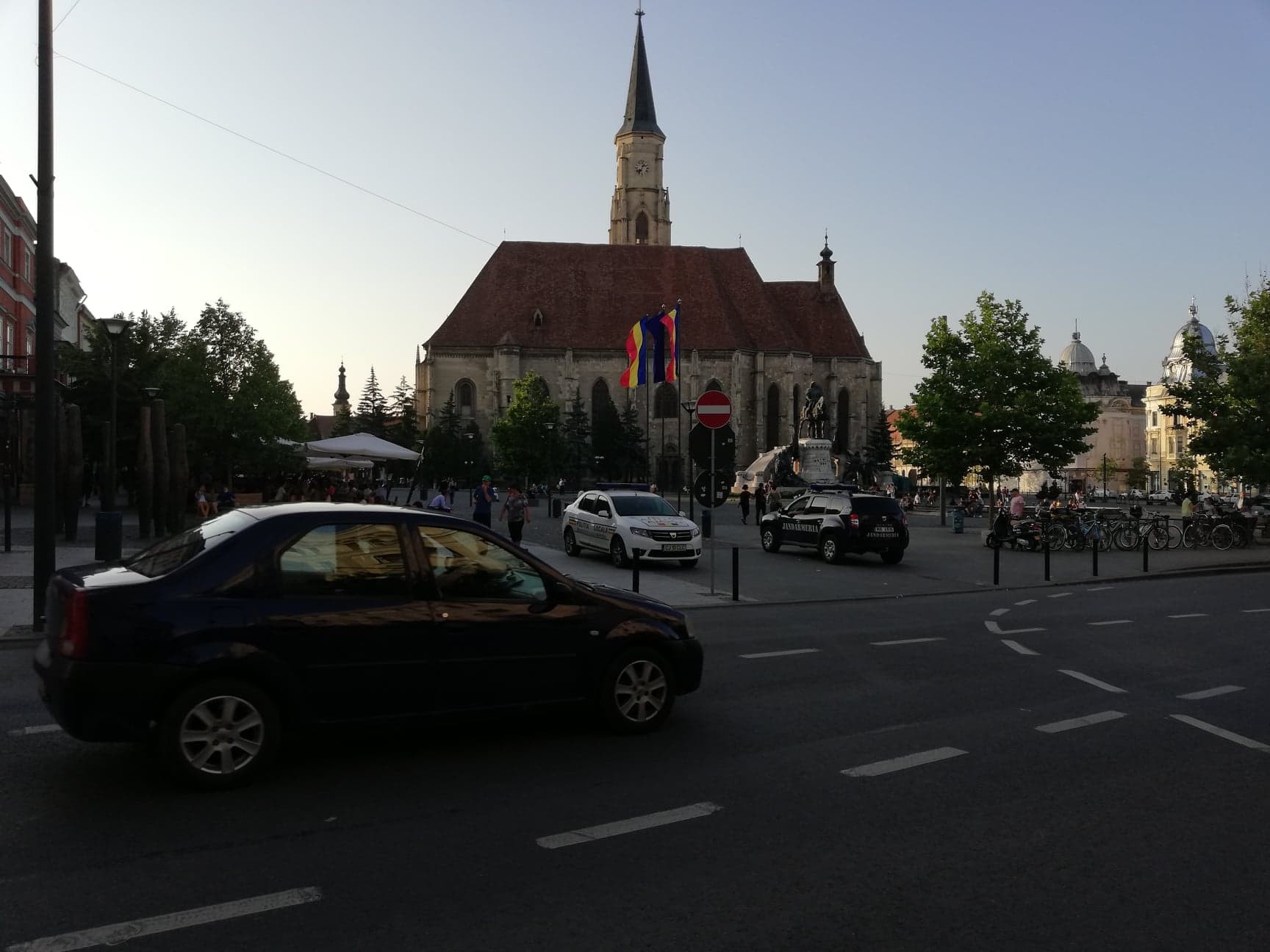
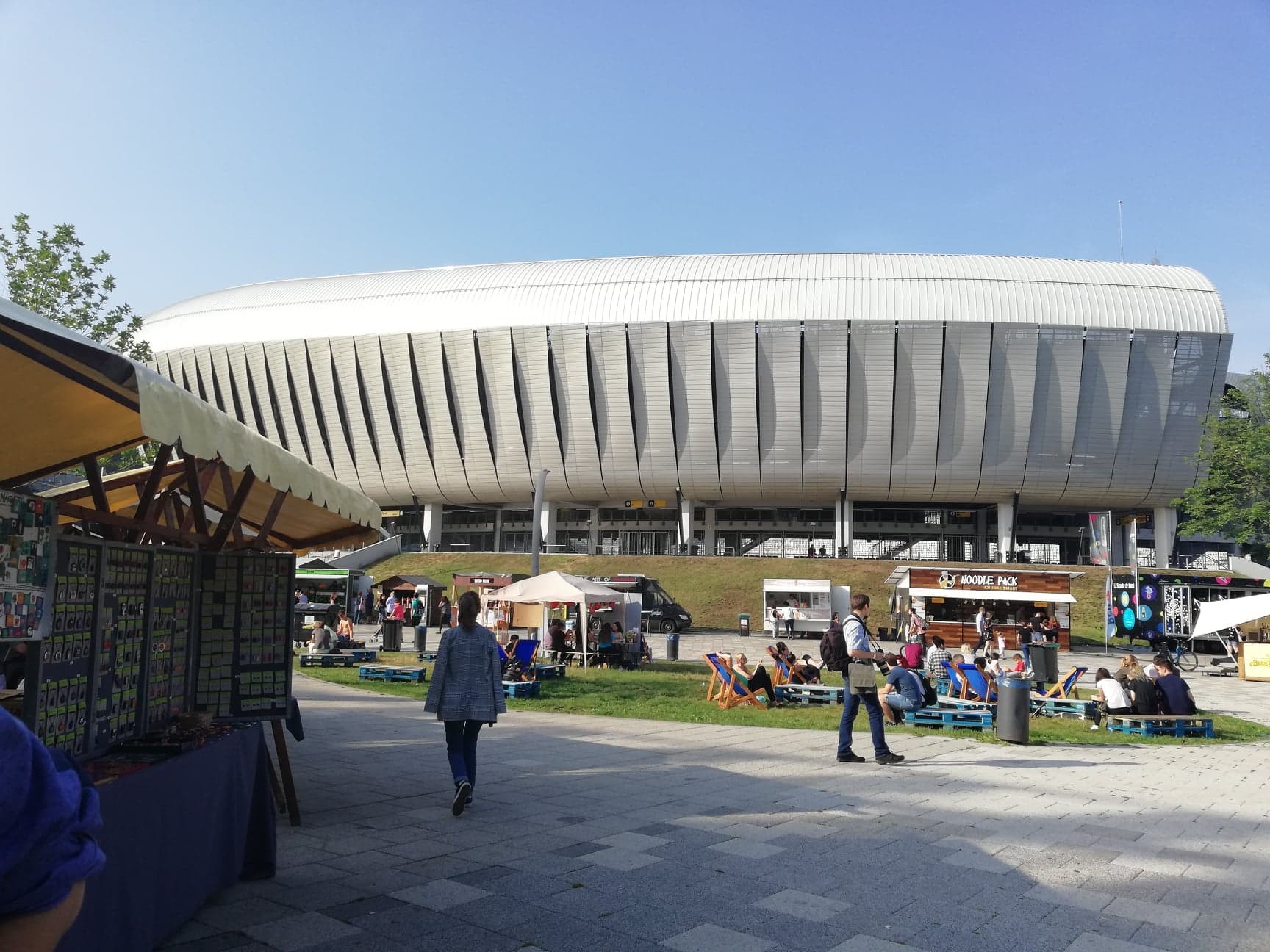
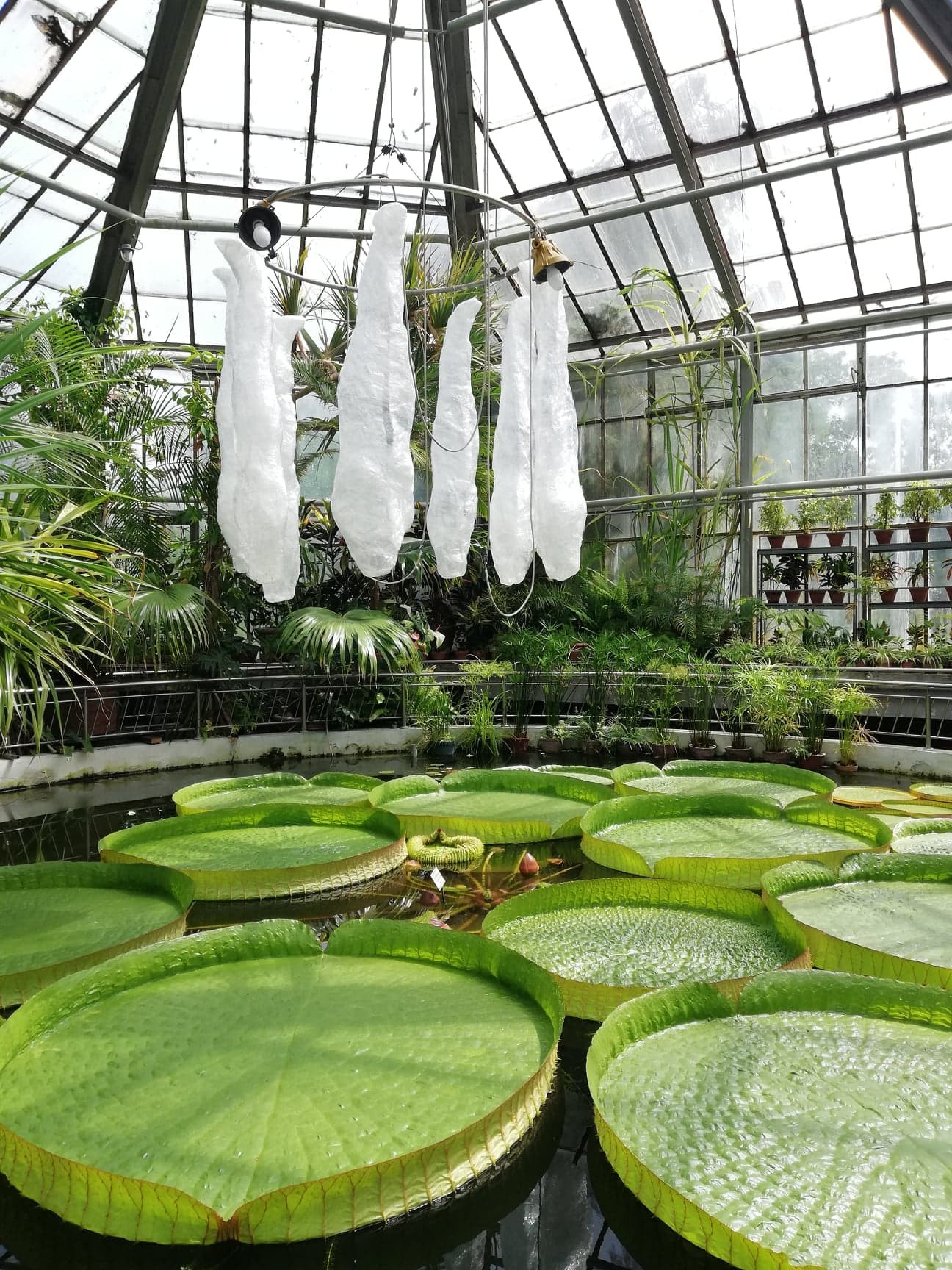
Cluj Napoca is the city where positive things are happening and the necessary change seems to be welcomed at any time by the inhabitants. The transylvanian city hosts the country's largest university, Babeș Bolyai university. Other main attractions of Cluj Napoca are:
-
The Botanical Garden
-
The Central Park
-
Cetățuia - a heigh elevation where people can climb to watch the city
-
Saint Michael's Church, a strong landmark of the city located in Unirii Square
-
National Museum of Transylvanian History
-
Cluj Napoca Art Museum
-
The Ethnographic Museum
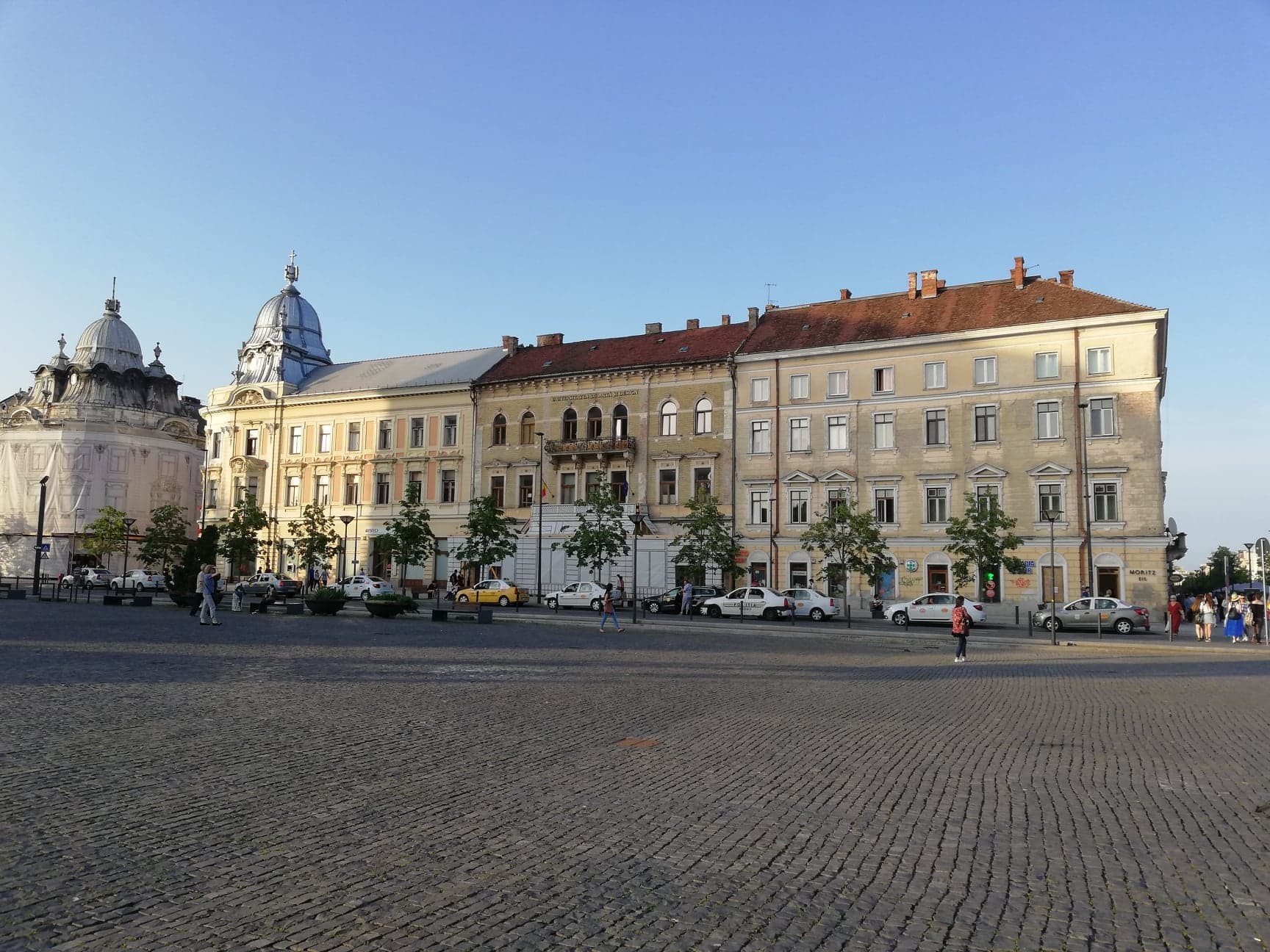
Untold is the largest music festival in Romania held every summer on Cluj Arena. The event brings together people from many corners of the world and is getting bigger and better with each edition.
Timișoara
Last but not least, Timișoara is a city located in the Banat region of western Romaniabeing also a place with which the country prides itself.
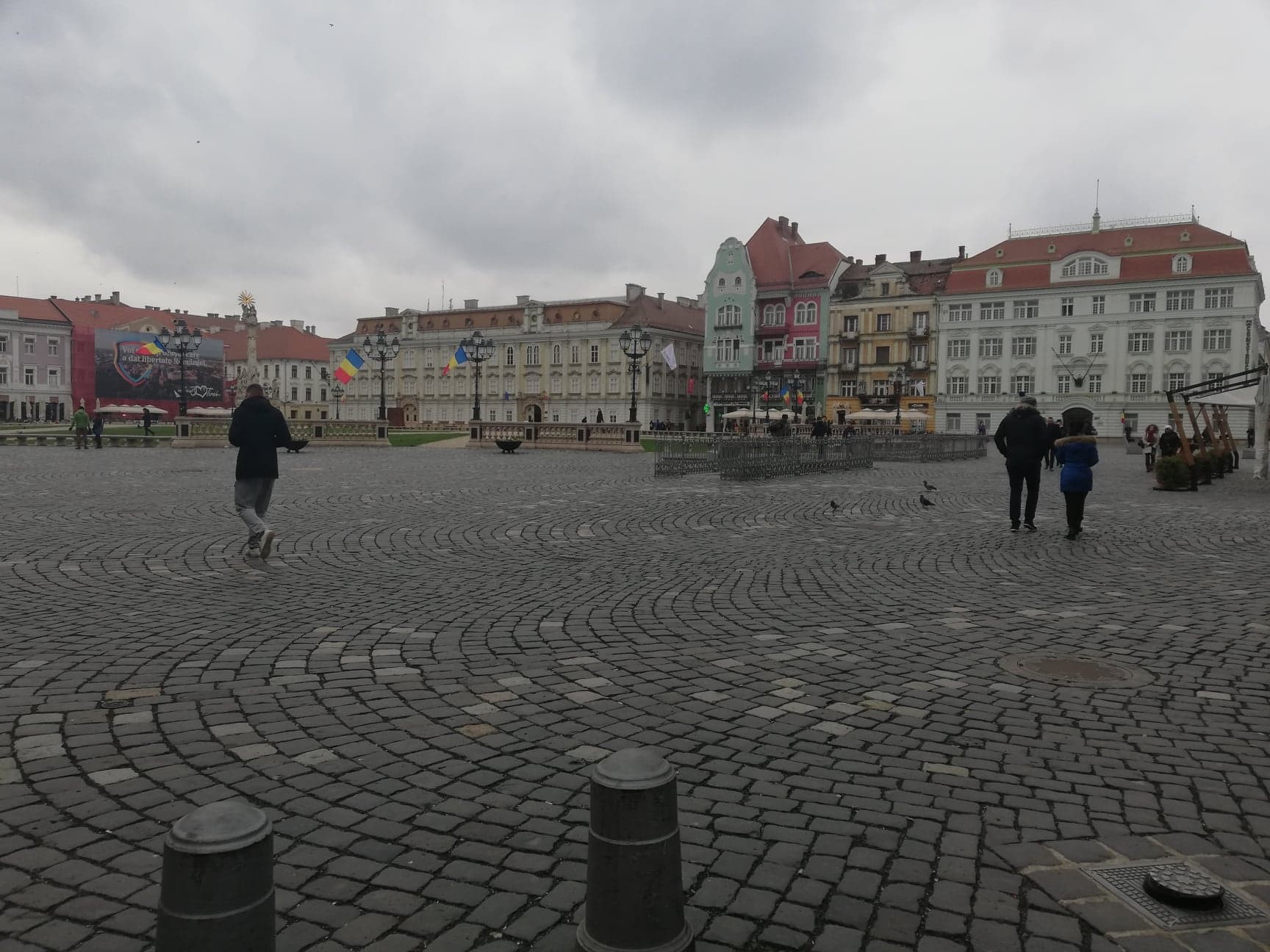
Timișoara has been named "Little Vienna" or "The city of flowers", both nicknames being totally deserved by the city. A significant aspect with which again the romanian are very proud about is the fact that the city was the 1st European zone and the second in the world after New York to be lit by electric street lamps in 1884.
Strolling along the streets of Timișoara is a pleasure. People can admire and visit the following:
-
The Victory Square - a square full o meaning in romanian history because here in 1989 the anti-communist revolution started
-
Unirii Square - that has a beautiful baroque style
-
The Huniade Castle - the oldest monument of Timișoara
-
The museum of Banat
I have been in all of the cities I wrote about in this article. Of course, there are many other beautiful and worth seeing cities in Romnia but I chose to present the ones I have visited myself. Plus, I focused more on the medieval places because these are my favorite.
Photo gallery
Content available in other languages
Want to have your own Erasmus blog?
If you are experiencing living abroad, you're an avid traveller or want to promote the city where you live... create your own blog and share your adventures!
I want to create my Erasmus blog! →













































Comments (0 comments)